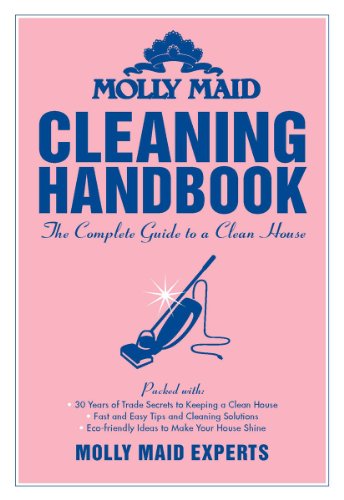
The way you organize your kitchen cupboards can create a sense of ease when cooking. The easier it is to find things, the more efficient you will be in the kitchen.
Start by tackling each cupboard one at a time. Empty out the cupboard and assess its content. Think about where in the kitchen each product or appliance would be used the most. For example, spices are often used when cooking on the stove top or oven, so placing them in the cupboard above the stove would be most beneficial. Take advantage of the empty cupboards and use a microfibre cloth to wipe down the shelves. Use a mixture of all-purpose cleaner and water or a mix of 1 part white vinegar, 3 parts water.
Now that your shelves are clean, it’s time to organize your cupboards. Start by organizing the overhead cupboards first, making your way down to the lower cupboards after. Once the appliances and flatware are organized, tackle the food next. Here’s how.
- Ease of use: Store everyday glasses, plates, and bowls in easy-to-reach, overhead cupboards. Place these items on the lower shelves in the cupboard as they are the items you use the most each day. Store your seasonal or special events dishes in harder-to-reach overhead cupboards or on higher shelves as these items will not be used as frequently. Next, take a look at your small appliances. Appliances such as your toaster, microwave and coffee machine should be left on the counter, as they are the most used appliances in your kitchen. Other appliances such as your blender can be stored in harder-to-reach cupboards.
- Categorize: When deciding what items to put where in your cupboards, it’s important to think about lifestyle. You will want to do this step in conjunction with the previous step. If you are an avid coffee drinker, make sure your mugs and coffee essentials are located in a cupboard near your coffee machine. If you drink coffee frequently, it’s important to place mugs and coffee essentials on lower shelves in your cupboards for easy accessibility.
- Ergonomics: Stack heavy pots and pans inside of each other in lower cabinets.This is more ergonomically efficient for your body, as it is easier to bend your knees to put heavy pots and pans away. Store the least-used pots at the back of the cabinet, and the most frequently used at the front.
- Food: Food should be organized in cupboards separate from your flatware and appliances, to avoid cross-contamination. Utilize steps one and two to help you organize. This is also the perfect time to properly dispose of expired items, and to make room for new items. It’s important to also arrange food items in terms of expiry date, so that these items are consumed first.

